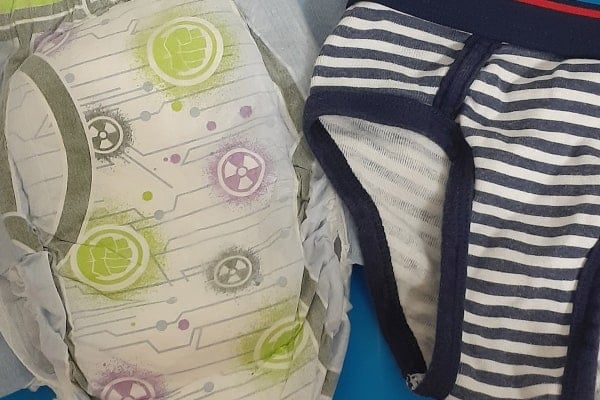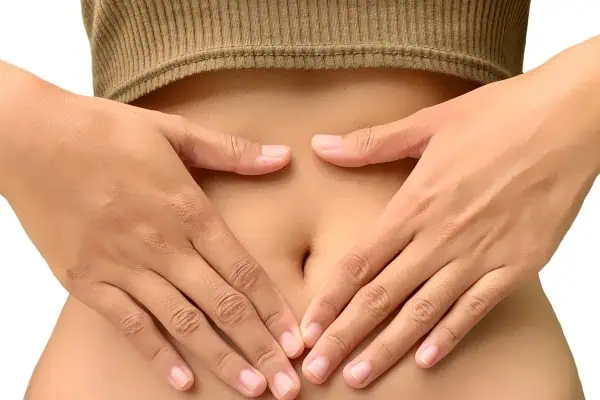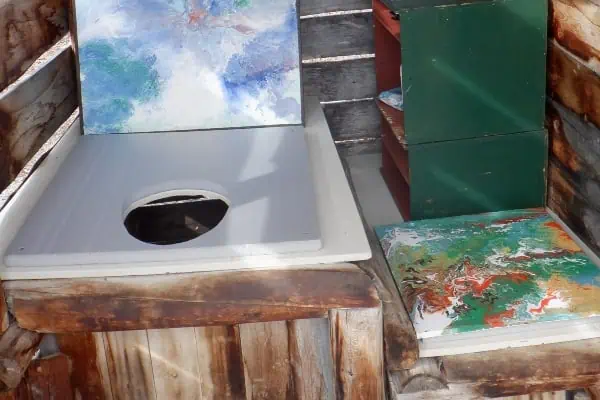The many uses of human and animal poop
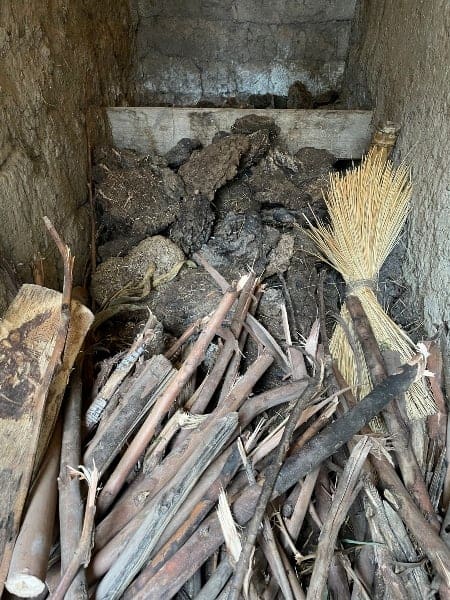
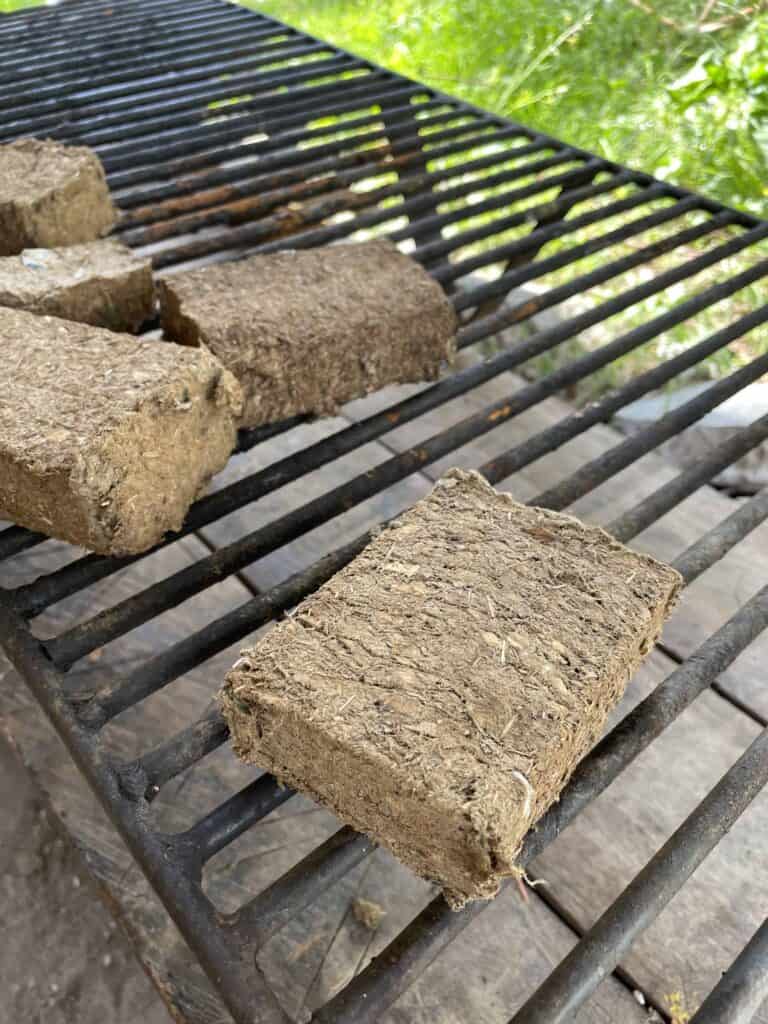
Let’s be honest, for most of us, poop is normally seen as something to be quickly flushed down the toilet. We call it “waste” and do our best to destroy it or get rid of it as quickly as possible. We don’t really like talking about it and I would guess that the majority of us don’t really care what happens to it, as long as we don’t have to come into contact with it again. What if poop was actually a lot more useful than what conventional knowledge has led us to believe? What if our thinking, up until now, hasn’t been very sustainable and is actually causing lots of problems?
Maybe it’s time to rethink our relationship with poop.
Human waste generally goes to wastewater plants, and from there, a large part of the human biosolids produced around the world are landfilled, stockpiled or discharged into the ocean, and all of this is causing many environmental problems, including toxic algae blooms, an uneven redistribution of nutrients, on a global level, overuse of water, and destroyed coastal marshes (just to name a few).
Even though the disposal of our waste matter has, up until this point, been badly managed, there actually exist many ingenious uses for the waste that we (and the animals that we share this Earth with) produce each day. Some uses have been around for thousands of years and others are new and innovative ideas of how to reuse and upcycle waste. It turns out that this “thing,” which in our society seems so taboo and “gross,” can actually be used as heating and cooking fuel, to make construction materials, grow food, fuel vehicles and even to generate electricity.
Using dry animal dung, as fuel, has been practised for hundreds, if not thousands, of years around the world. Necessity is the mother of invention, as the saying goes; and so, if you live in the High Andes, for example, where very few trees grow, you have to come up with an alternative to the normal sources of fuel in order to cook and heat your home.
Alpacas are native to the mountains of South America and are surprisingly organized poopers. They naturally poop in communal dung piles, in a handful of spots around their pastures, which makes it easy to gather their excrement. These dry pellets burn very well and are still used, to this day, instead of firewood or the more-modern propane gas. Dry cow pies and even dry horse manure can also be used to make a fire. It might not be so surprising, then, that in recent years a social enterprise in Kenya has found a way to turn human waste into fuel, as well. Kenya has been facing problems with deforestation, for a long time, and this new way of treating human waste with high temperatures, to kill bacteria, and then mixing it with sawdust to form briquettes, to cook with, has so many advantages and so many environmental benefits.
On the other side of the globe, researchers in Australia have started to make bricks from human biosolids. This seems like a natural evolution from the construction materials that have been made from cow dung mixed with mud, sand and clay and used in places, such as Africa and Asia, for a long time. These green building materials are an innovative way to recycle the overwhelming stockpiles of treated sewage sludge around the world. Apparently, feces acts as a great insulator because of its porous nature. And it’s not just scientists in labs that are making these innovations: a group of eighth-grade students in the Philippines are turning dog poop into “bio-bricks” by mixing equal parts of dried canine feces with regular cement, as a way to deal with their community’s overpopulation of stray dogs and the resulting dog poop contaminating their streets. The possibilities seem endless. Malaysian researchers have figured out a way to convert human waste to concrete, and a team of researchers in the United States is even studying ways to convert pig manure into a bio-asphalt that could be used in making new roads.
The fact that animal manure is a superb natural fertilizer is well-known, but a growing interest in an idea, referred to by some as circular sanitation, is beginning to include human waste in the lineup of possible plant fertilizers. Circular sanitation can be as simple as a composting toilet, but in general it refers to a waste system where the poop we produce can be transformed into a new product that can be used again (such as fertilizer). A scientist in Ontario has developed a way to “purée” and process biosolids into a liquid that can then be applied to farmlands as a fertilizer. Recycling human waste into “humanure” is still controversial in some circles and, as with all innovations, there will be problems that will need to be solved or ironed out.
On the high-tech end of the spectrum, methane-rich gas is being extracted from processed human feces and has been used to power buses around the world, for several years now. In 2016, for example, Grand Junction, Colorado, became the first U.S. city to produce renewable natural gas from human waste, which they then used to replace the city’s garbage trucks and buses with natural-gas vehicles. Two years before that, Britain’s first Bio-Bus hit the road, powered entirely with human and food waste. Similar buses have also started to operate in Norway.
It’s not only solid waste that has been found to be useful recently. Scientists in the UK have managed to develop a fuel cell that can be powered by urine, and the University of West England is planning on commercializing this technology, which uses microbial fuel cells to create clean and sustainable energy. Urine has, historically, also been used to soften and tan animal hides, to wash your hair, to keep deer out of your garden, as a mordant in dyeing garments (to set and bind the dye to the cloth), to speed up the decomposition process in a slow compost pile, and it’s even been ingested for supposed health benefits.
Whales, being some of the world’s largest animals, eat a lot and, as can be imagined, also produce very large quantities of poop. Now, some might think that all this “waste” filling the ocean would be a bad thing, but it turns out that it’s actually a very, very good thing. Whales are natural recyclers and have been referred to as “marine ecosystem engineers.” Basically, whales feed on clusters of small fish and lots of krill, and they recycle those nutrients, including iron, back into the ocean. These nutrients are then consumed by smaller ocean life forms such as phytoplankton, and phytoplankton are key players in the global carbon cycle, as well as the foundation of the aquatic food web. It’s estimated that phytoplankton sequesters approximately two-billion tons of carbon dioxide into the ocean each year and is responsible for producing 50 per cent (or more) of the oxygen we breathe.
So, you see, poop isn’t something bad. Whether from a whale or even from humans, it can actually be something very useful.


